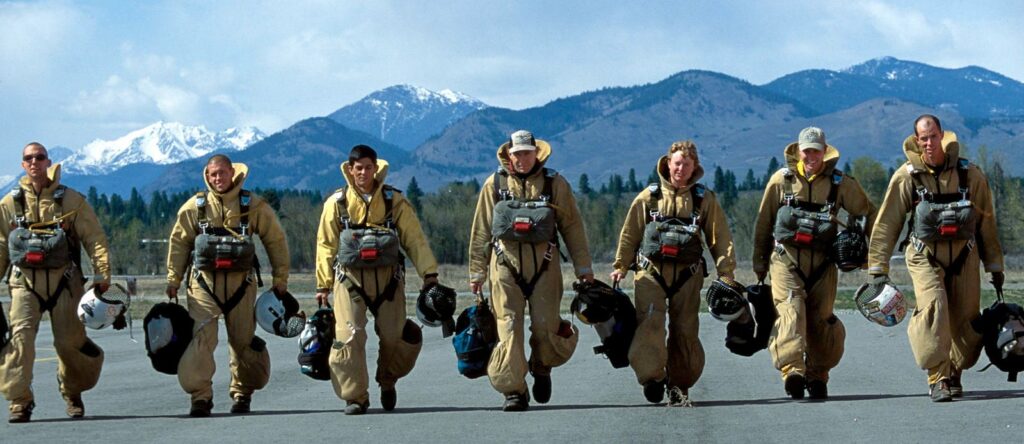The post Wildfires Spread Nationwide—How AI And Rapid Response Fight Back appeared on BitcoinEthereumNews.com.
388143 03: Part of the Smokejumper team walks toward their aircraft at the North Cascades Smokejumper base April 19, 2001 in the small, north-central Washinton town of Winthrop. This is the earliest the rapid-response forestfire fighters have gathered for their annual re-qualifying parachute jumps, but with mountain showpack at 60 percent of normal and a regional drought declared, the US Forest Service is preparing for a big fire season. (Photo by Tim Matsui/Liaison) Getty Images The U.S. has seen 51,000 wildfire starts this year — 5,000 more than the 10-year national average—yet fewer acres have been burned than usual. Faster detection and smarter pre-positioning of firefighting resources may prevent flames from getting out of control, even as wildfire risk spreads nationwide. Wildfires have shifted from being a seasonal concern in the West to a year-round threat nationwide. Addressing this issue requires proactive strategies, including the use of artificial intelligence for fire prediction, the deployment of rapid-response aircraft, and better land management coordination among government agencies and private landowners. “Our AI predicts fires days in advance, letting crews and utilities act before flames start. Prevention is now as important as suppression,” says Indran Ratnathicam, chief growth officer of TechnoSilva, during a United States Energy Association virtual press briefing. His company runs billions of simulations daily for utilities and fire agencies, pinpointing areas most at risk and enabling preventative measures before ignition. States like Minnesota, New Jersey, North Carolina, and Texas—once considered low-risk—are now becoming increasingly vulnerable to wildfires. Causes include climate change, decades of forest suppression that led to overgrowth, and the expansion of the wildland-urban interface (WUI), where homes and businesses are close to forests, grasslands, or other wildlands. Utilities control roughly 1% of vegetation, meaning most fires start outside their rights-of-way, yet homes and the electric grid are often…

